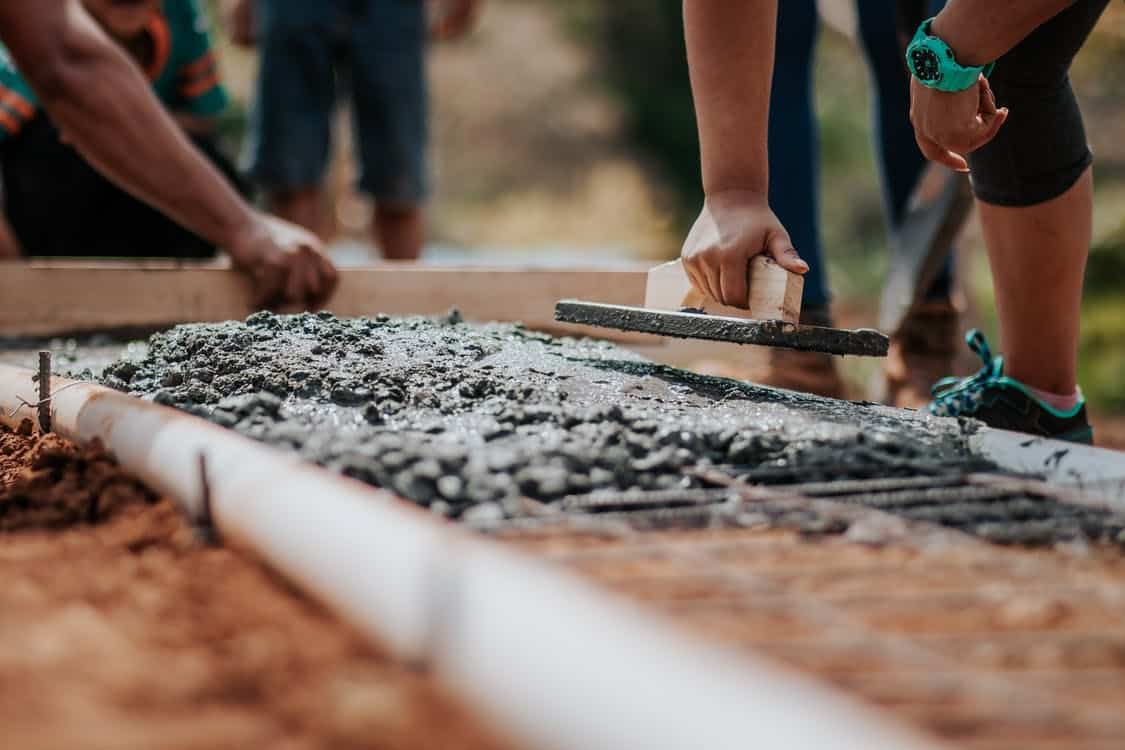Have you stumbled for the LAST TIME on that sidewalk slab? Are you tired of wincing every time you drive down your slanted driveway? If you’ve ever worked with settled concrete, you understand how inconvenient – and even hazardous – it can be. There are, thankfully, remedies for sunken or settled concrete! What, on the other hand, allows cement to settle?
What Makes Cement Slump?
Sunken and irregular concrete may be caused by three different factors.
1. Soil Moisture Changes
This is particularly prevalent in areas where the soil contains a lot of clay. The clay soil compacts as it dries, causing the mud to sink. Similarly, when the moisture content of the soil is large, the soil expands. These variations in the earth’s volume produce voids under the cement, causing the concrete to settle.
2. Inadequate Fill Soil Compaction
Fill soil is often used for leveling the surface and create a flat foundation when building a house, a sidewalk, or a driveway. If the fill dirt is not compacted properly, it will contract and settle over time, causing the cement to sink or fracture above it.
3. Drainage Below the Slab
When water penetrates the cement slab and wipes away the soil, this is known as a washout. This washout may be caused by a variety of factors, including plumbing problems.
natural erosion caused by excessive rain
If The Concrete Has Settled, What Should You Do?
For repairing your settled concrete, you have a few choices. The first step is to have it replaced. This is the costliest and most time-consuming option, and it should only be undertaken if the settling of the concrete has resulted in significant cement fractures.
The submerged concrete may be raised or leveled as a second option. Mudjacking is the most often used method for elevating concrete.
This technique has been used for nearly 60 years and is also the least expensive of the three choices, but it is also the least lasting. Pumping a thick liquid mixture of material through big holes inside the concrete (often as large as 2″) in order to generate enough pressure to potentially lift the slabs of concrete back into place is the mudjacking procedure.
The kind of material utilized in mudjacking is entirely up to the mudjacking business. It may be made of cement and gravel, similar to the mortar used to construct brick walls, or it could just be top soil combined with water. It may be washed away due to downspout discharges and rain or create additional settling owing to the enormous weight being pumped beneath the concrete. This is an excellent choice if you just need to make a quick repair and aren’t worried about the fix’s durability.
Call a Professional
Is the cement you’re working with settled and sunk? Mud Dog Jacking can assist you in quickly getting your concrete back on track.




